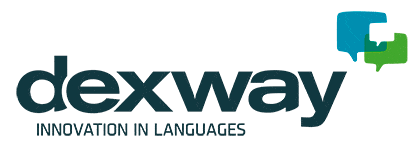A second or third language is just as valuable as its ever been. More and more students and professionals are opting to invest in language immersion courses in order to improve their skills and boost their employability. One way language students are effectively practising their improving their skills is by using language labs.
Language labs are audio visual tools that are used an aid for learning languages. Schools and higher education establishments have been using this type of teaching technology for decades, beginning with tape decks in the 1950s and developing into computers with digital language today. Language labs work by providing language learners with software that allows them to do educational tasks such as listen to audio recordings, test their vocabulary and learn grammar rules. Traditionally each student terminal in language labs is controlled by a master terminal controlled by the tutor.

The great thing about language lab software is that it introduces a much greater level of flexibility to the language lab process. No longer do tutors need to switch over the tapes and CDs between groups: a single piece of software can provide a range of options, from Spanish labs to English labs to just about any language you can think of. And the greater flexibility doesn’t stop there. In fact, modern language lab software means that you don’t necessarily need a physical lab at all.
Schools and colleges can choose to make language lab software available on all computers on campus, or even in the cloud, meaning that students can practise their speaking and listening skills whenever and wherever they choose. Most software still comes with the ability for tutors to set tasks and compile reports on student progress.
There are many social aspects to learning a language and there are certain respects when it can be extremely helpful to study with other people. However, language students often use language labs to do independent work such as listening and re-listening to audio recording, testing themselves on grammar rules and practicing vocabulary. This is why language labs students can access any time can be so valuable. They can use virtual language labs to improve their basic skills so they can really make the most of conversational opportunities when they meet up with their tutor or other language learners. If you’re interested in finding out more about how effective language labs can be, this case study of the successful implementation of a language lab at a university makes interesting reading.
You may also like:
- Is Flipped Classroom the most effective method for learning languages?
- Why online and mobile language training really works for businesses
- What sets Dexway language labs apart? 5 features
